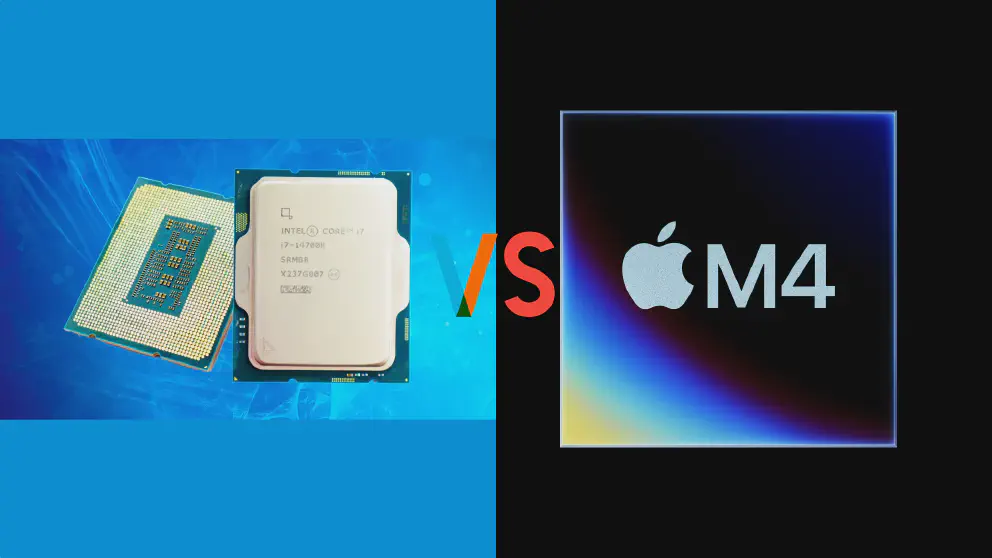Apple updated its iPad line in an early May event and the most surprising thing is they introduced a new processor, the M4, before any of the Macs. Currently, the iPad Pro is the most powerful consumer device that Apple ships, and a few critics that the only thing holding the M4 back is Apple’s running iPadOS on the iPad.
To get the point across, we pitted the Apple M4, which is running on a tablet that has no fans with Intel’s ultimate desktop chip, which has enough power to cook steaks if run without a heatsink.
Apple M4
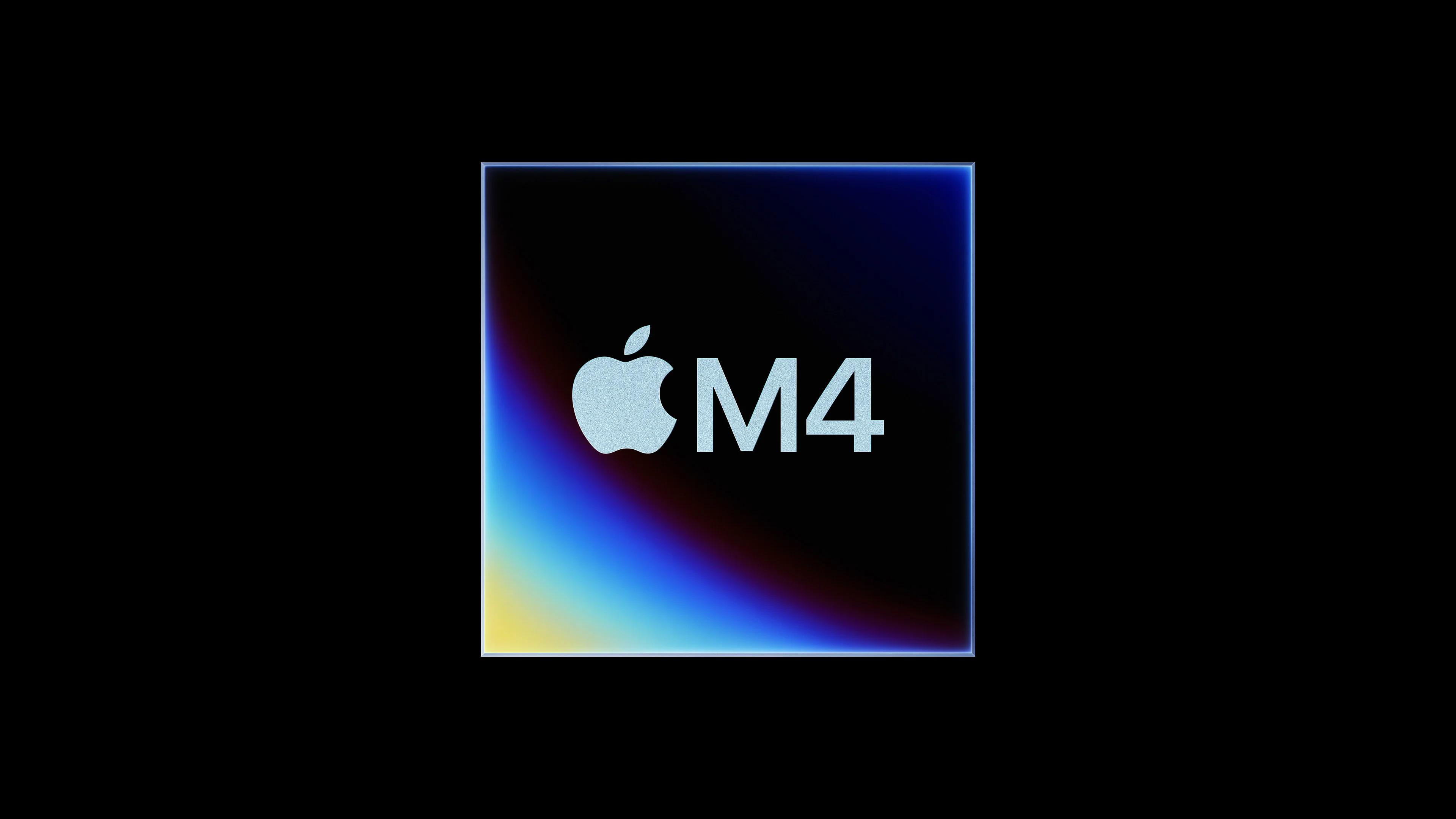
The Apple M4 is the latest in Apple’s quite significant line of desktop-class chips which Apple called Apple Silicon. Since its introduction in 2020 with the M1, Apple Silicon has changed the game and Apple has shown that an air-cooled laptop does not have to suck. And now they did it again with the M4.
The M4 is what one considers a “clean-slate” design compared to its predecessor which are improvements over the original M1. The M4 is built on the latest TSMC 3nm manufacturing process which Apple called “2nd generation 3nm” or N3E in industry parlance. The backstory about this is the 1st generation of 3nm manufacturing seems to have production issues, especially from yield or how many processors they can churn out given a wafer area. The story is that TSMC managed to get the yield that they wanted on this new 2nd generation process.
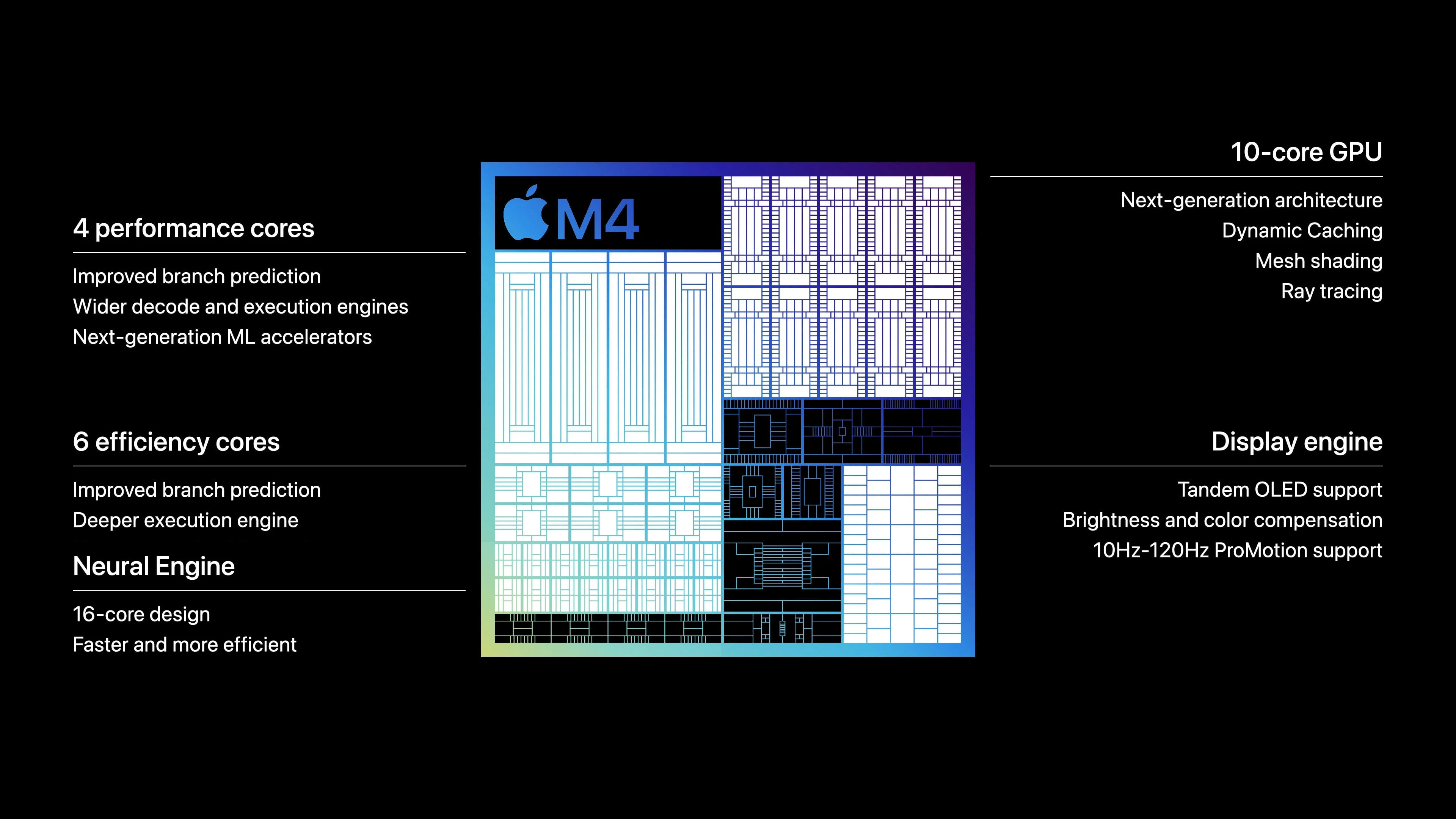
As core counts go, the M4 is packed with 10-CPU cores with 4 for performance and 6 for efficiency, 10 GPU cores, and 16-NPU cores. Before this, we called the NPU cores a neural engine and as more and more players on the market started to put different kinds of cores in a single die, the Neural Processing Unit, NPU was born. The NPU is a specialized core designed to handle AI-heavy tasks like matrix calculation and more importantly neural networks. Apple doesn’t give clock speed reading like Intel does, but they assured that it’s the fastest they ever put on an Apple Silicon.
All in all, Apple managed to pack a new tandem OLED screen, a brand new processor with the most advanced manufacturing process in the thinnest aluminum shell on the market for under $1000 for the 11" iPad Pro. We believe that Apple’s margin on each iPad Pro should be 30 to 40% so Apple managed to pack all that technology for around $500-600 a pop.
Intel Core i9-14900KS
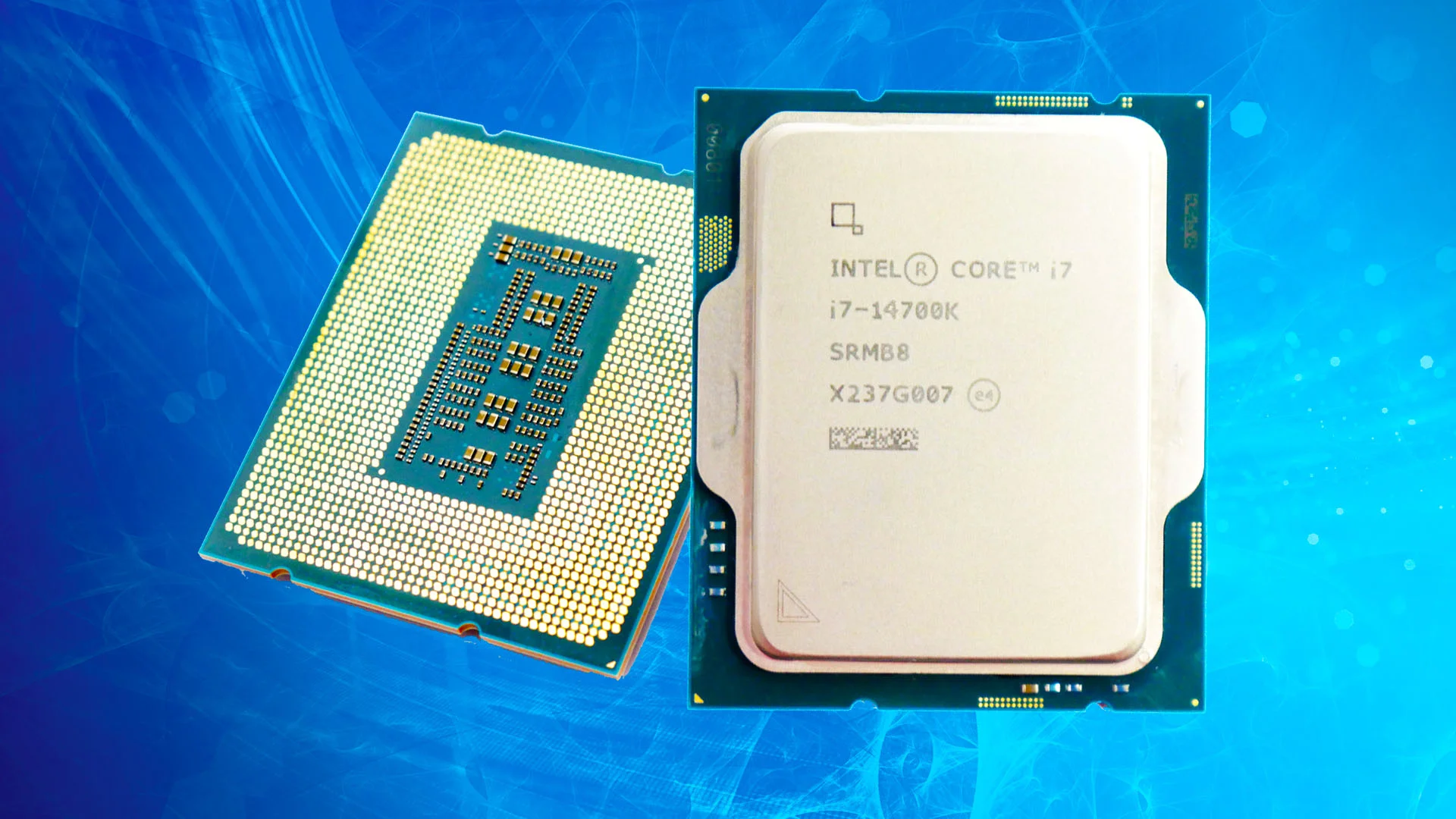
The Intel Core 14th generation processor is what we consider the last of its kind: the monolith. It’s the last processor that was built from the ground up as a single-use general processor. Even Intel is moving on with the times with their new Meteor Lake architecture where they have different kinds of cores doing different kinds of things in a single die. This 14th generation is all general processing and one considers the best at what it does.
The processor in question is the top of the line in the 14th generation Core processor, the i9-14900KS. With i9 being top of the line, 14 means 14th generation and 900 means the power level, which is quite high. KS means it’s higher clocked than the rest of the line, hence the special SKU.
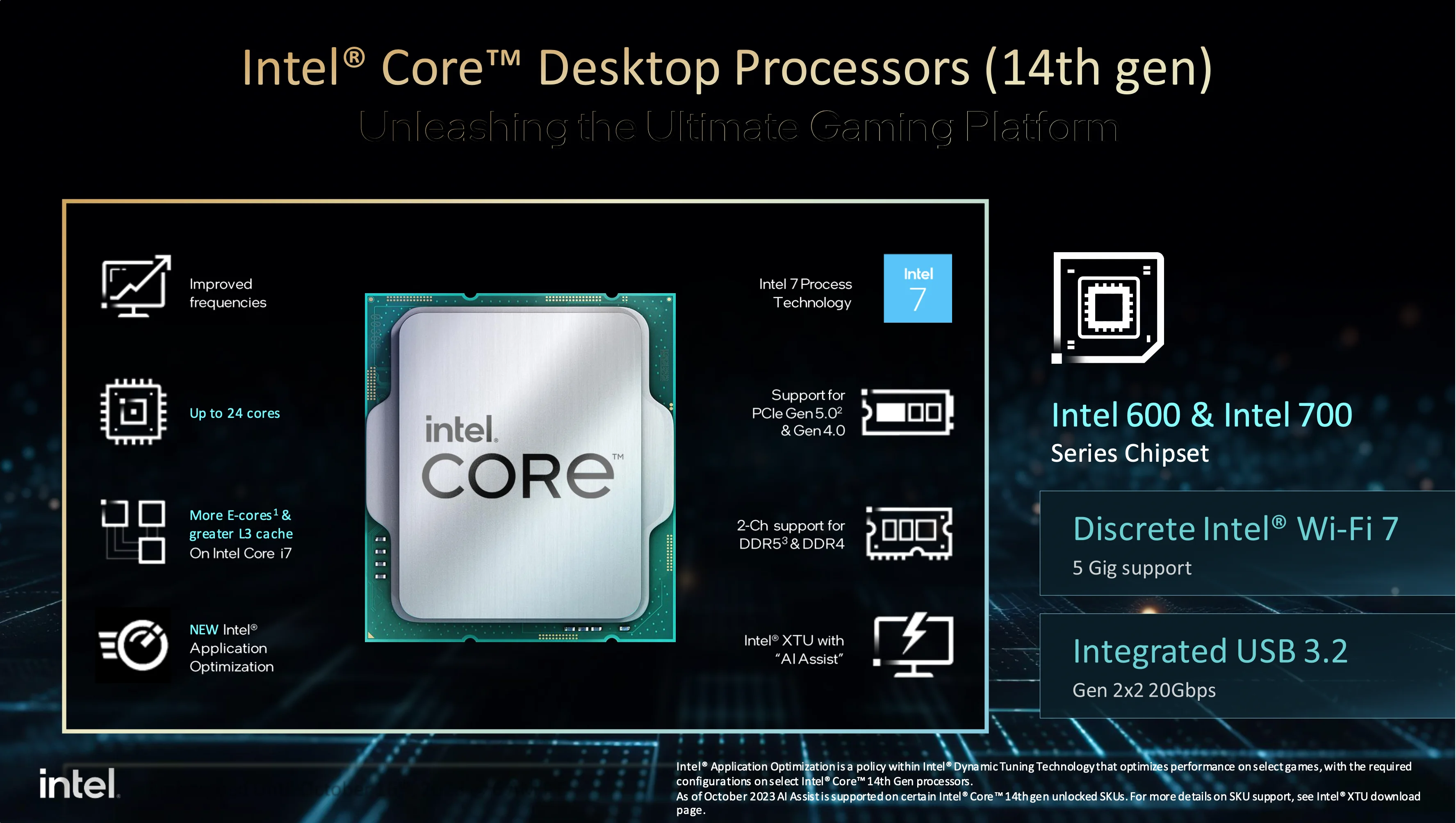
The Intel i9-14900KS has 24 processing cores, 8 of which are the performance cores that can bump to 6.2GHz clock speed on turbo. This being built for enthusiasts, you can bump the clock speed even further if you have the cooling chops. The rest of the 16 cores are for “efficiency” purposes and have a smaller cache. Graphics on the processor are rudimentary because the person who usually builds this would use a dedicated graphic card from the likes of Nvidia to run games and such.
The power draw on this baby is insane. The M4 from Apple draws at most 10W and uses the air around you to cool itself. The Intel i9-14900KS will draw 150W normally and can pull up to 253W on turbo. If you want to overclock this, it will draw even more power. Insane.
Results


Going with benchmark results, it’s amazing how an air-cooled chip that is designed for tablets and consumer-grade laptops can outperform a full-fledged desktop chip designed for gaming.
Yes, the Intel outperformed in the multicore benchmark, but remember that the M4 has only 4 performance cores while the Intel has 8. The number should be much higher with the amount of cores (and power) that the Intel chip draws.
Conclusion
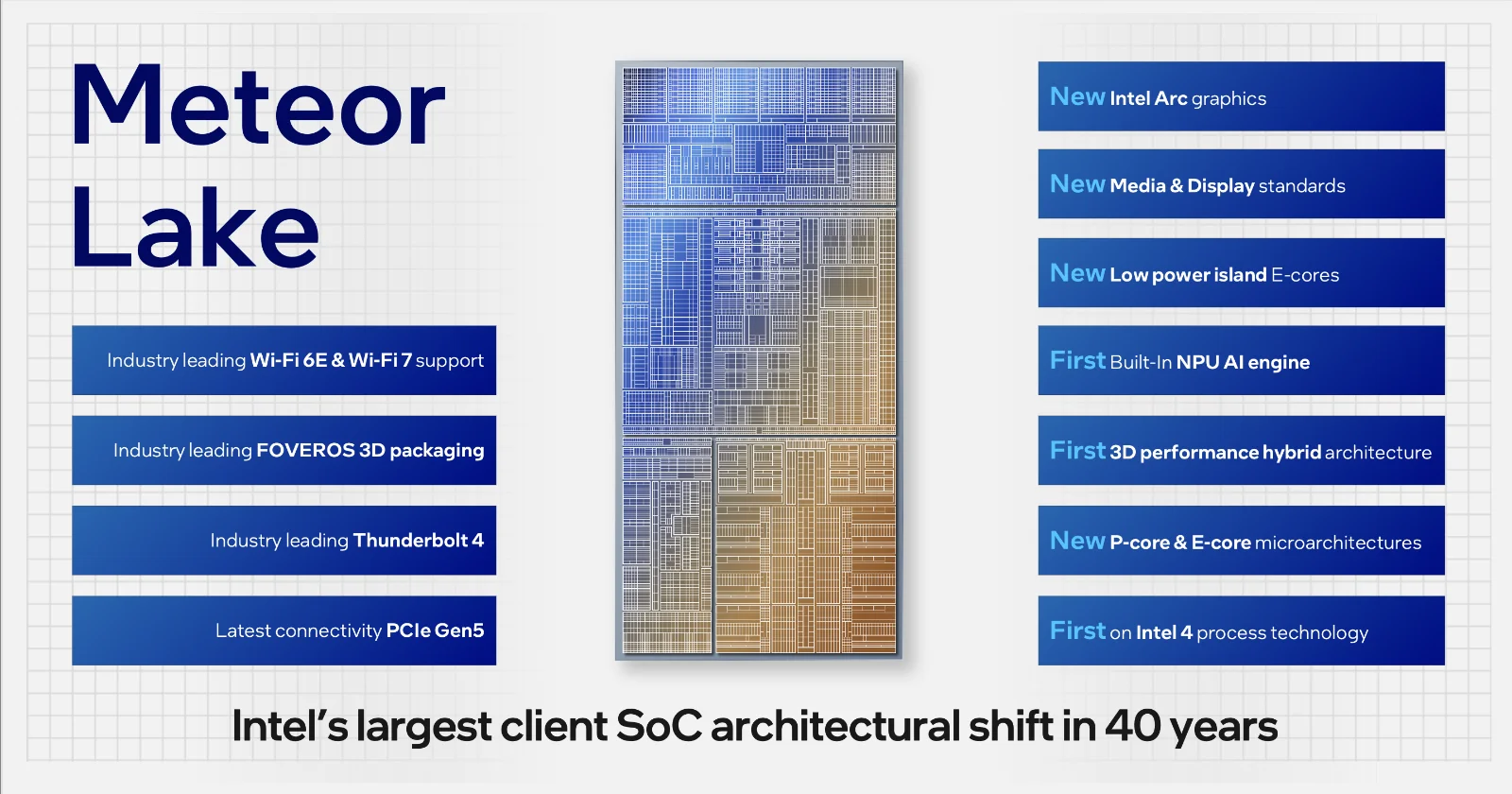
Both are amazing pieces of engineering and require a lot of ingenuity to design and build it but Apple Silicon has shown that the time for a single monolith CPU is over. A multicore CPU with multiple specialized cores in a single die is the way to go. Heck, Intel is also following the lead why making significant changes on their latest processor. The real question is if Intel can able to catch up or if it’s too late for them.
Plug
Support this free website by visiting my Amazon affiliate links. Any purchase you make will give me a cut without any extra cost to you
| Base | Pro | |
|---|---|---|
| iPhones | iPhone 16 / iPhone 16 Plus - (Amazon) | iPhone 17 Pro / iPhone 17 Pro Max - (Amazon) |
| iPhone Accessories | Find them at Amazon | |
| Watch | Apple Watch SE (Amazon) / Apple Watch Series 11 | Apple Watch Ultra 3 (Amazon) |
| AirPods | AirPods 4 (Amazon) | AirPods Pro 3 (Amazon) / AirPods Max (Amazon) |
| iPad | iPad 10 (Amazon) / iPad Mini (Amazon) | iPad Air M3 (Amazon) / iPad Pro M5 (Amazon) |
| Laptops | MacBook Air M3 (Amazon) | MacBook Pro M5 (Amazon) / MacBook Pro M4 Pro/ M4 Max (Amazon) |
| Desktop | Mac Mini M4 / M4 Pro (Amazon) / iMac M4 (Amazon) | Mac Studio / Mac Pro |
| Displays | Studio Display (Amazon) | Pro Display XDR (Amazon) |
Other Ecosystem Items
